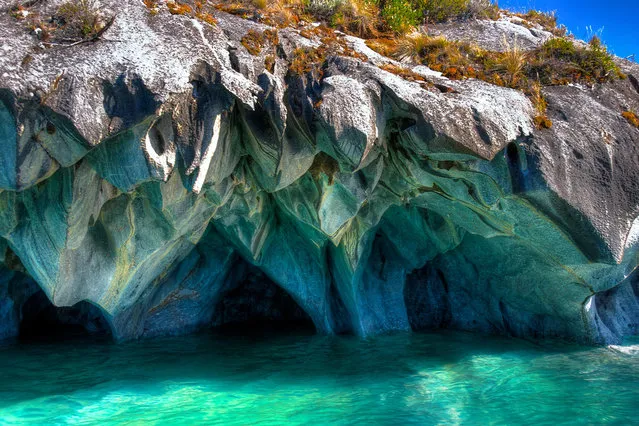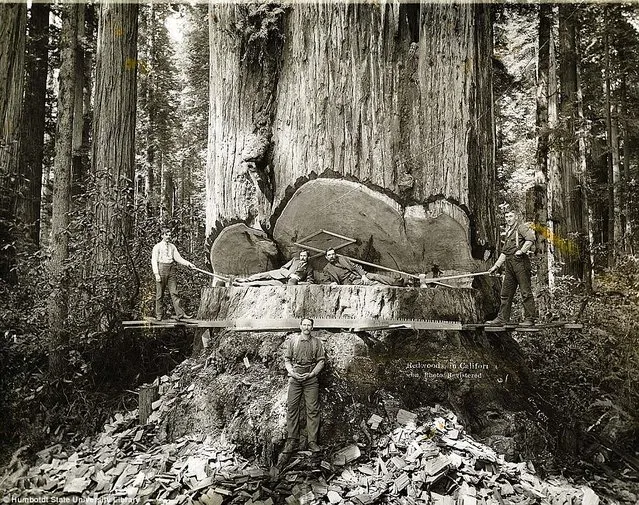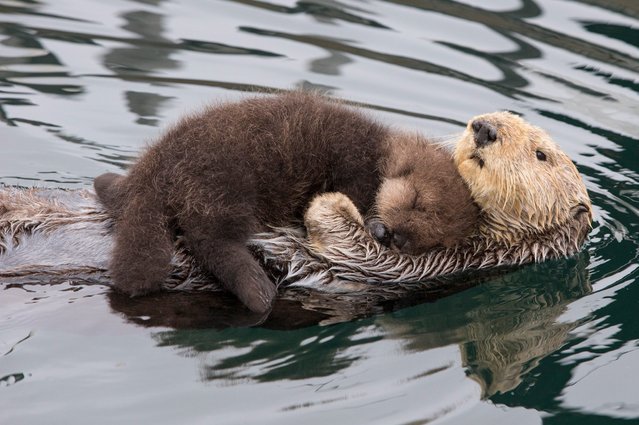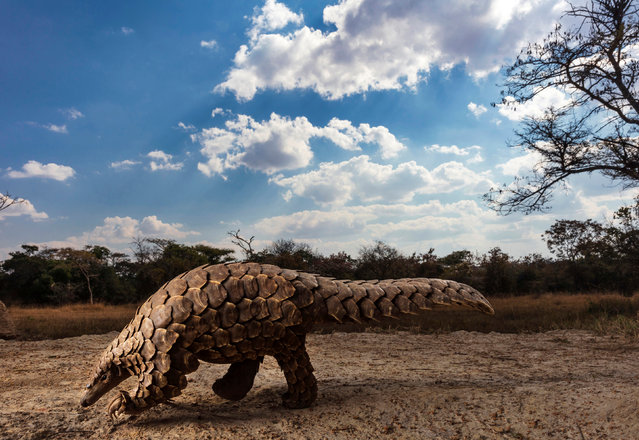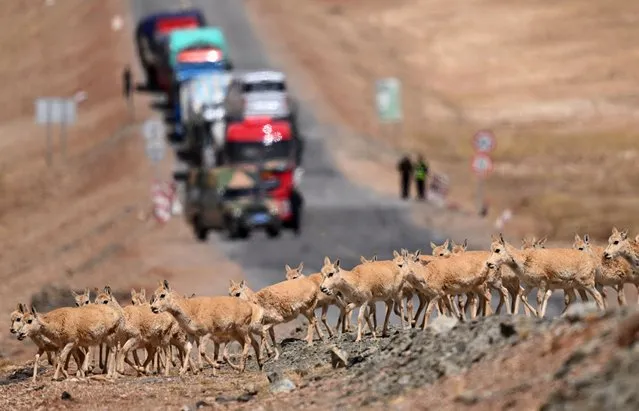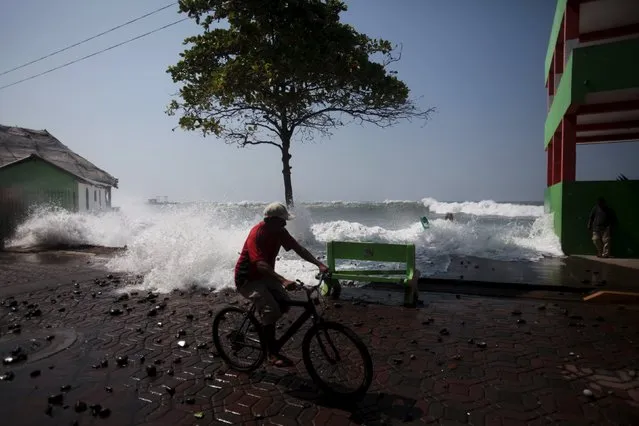
A man rides his bicycle as a wave crashes at La Libertad malecon on May 13, 2015. El Salvador emergency authorities has declared an orange alert along the Pacific coast due to a large swell that affected the Salvadoran coast. The swell originated from the extra-tropical storms that formed in New Zealand and the Southern hemisphere, according to El Salvador's Ministry of Environment and Natural Resources. (Photo by Jose Cabezas/Reuters)
15 May 2015 10:34:00,post received
0 comments

